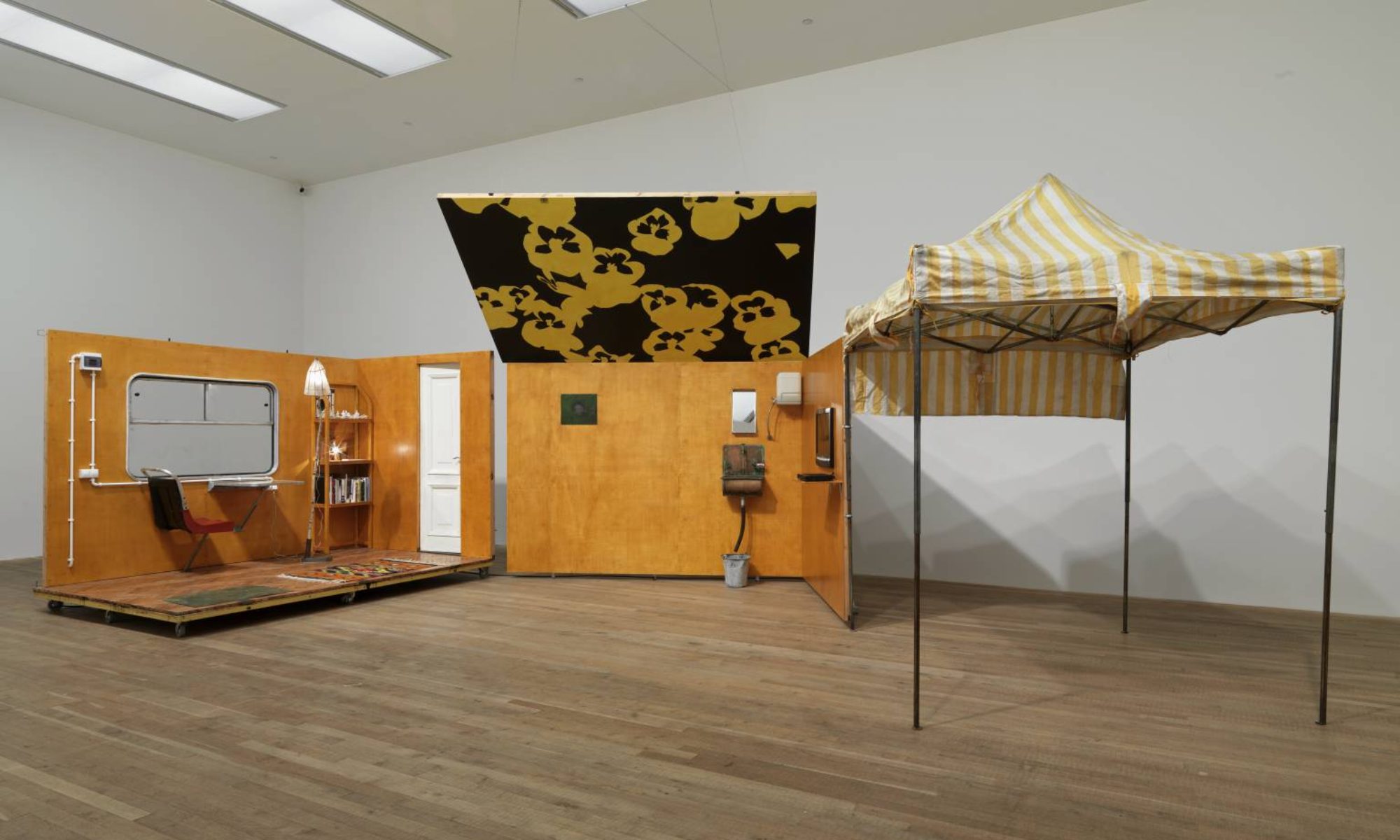My sonic min-lesson really got me to start looking into Sun Yung Shin’s poem Empty Ring, Nest Fire. That poem made me think about sound, specifically the ways in which sound and word choice can come together to create a fantastical poem. It’s no surprise that I like to incorporate fantasy and science fiction elements into my poems, but I think what drew me into Sun Yung Shin’s poem was the way she could create a fantastical landscape with so few, well-chosen words. Her use of alliteration and assonance, braided and plaited together with rhyme created a feeling similar to a folktale, and I spent over an hour reading it aloud to myself to pin that tone down. She didn’t need to point to any particular fairy-tale monster to help me see the tentacled beast, the way in moved and the sounds it made, and that was amazing to me as a reader and a writer.
I just love the way the poem is laid out on the page, in couplets with only the third and fifth stanzas dropping into an indented third line, which only contains one or two words. The poem feels like it needs the spaces between the stanzas to breathe, as if including the following lines to create tercets would be simply too much, and I think the poem’s sense of pacing points to this choice of format. The poem uses vivid imagery in quick flashes to create a coherent story, but also to switch the reader’s focus from one contrasting image to the next. The poem switches quickly from the opposing light and dark children, “burnt bark” and “swan skinned” to the image of the serpent, then back to the children and on to a foreboding image of the “Devil’s black forked feet,” calling attention to the opposition of light and dark, even where they are children born of the same mother. Sun Yung Shin’s sound is so rich and begs to be read slowly.
I plan on buying myself a few books of her poetry over the holidays to recuperate from the Christmastime madness. You can find Empty Ring, Nest Fire here: https://www.poets.org/poetsorg/poem/empty-ring-nest-fire
